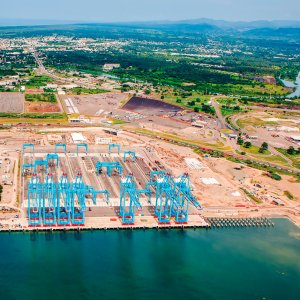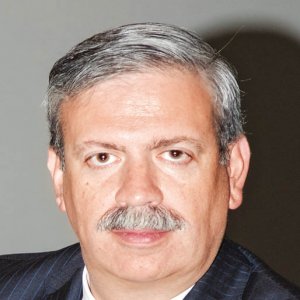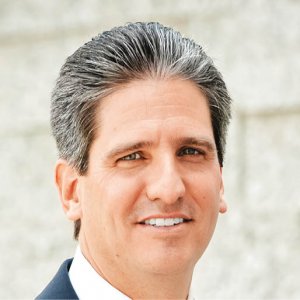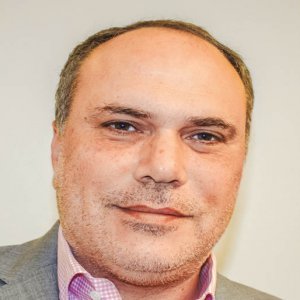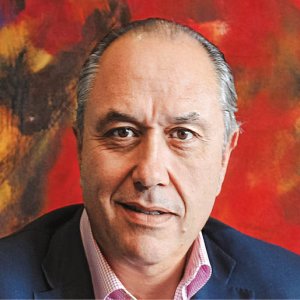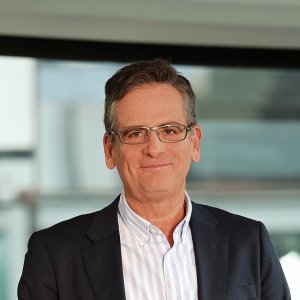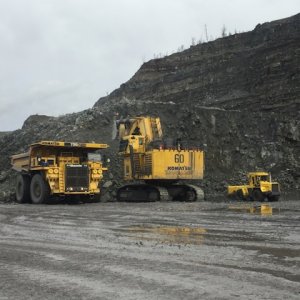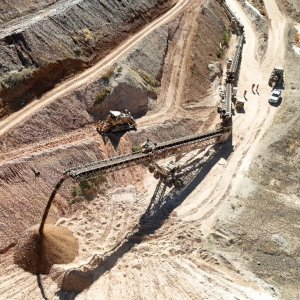Cooling Vital for Data Systems

STORY INLINE POST
Q: How has the culture and usage of IT infrastructure evolved in Mexico?
A: Mexico is experiencing exponential growth in data centers thanks to globalization. Any company that wants to maintain its competitive edge needs to have all headquarters running on the same system whether based in Mexico, Chile or China to ensure availability. It can be challenging as data centers are constantly evolving and becoming more specific. The market is demanding companies be increasingly optimized in their support and manufacturing mechanisms, no matter their specialty. If companies do not catch up to these trends, they run the risk of losing clients, sales and profit.
Data centers and robust telecommunication are essential for companies that strive to maintain their market positions as they assure system availability. Brazil used to be seen as a benchmark for Latin America but Mexico holds the prime position as it has proven to be a more stable country. Infrastructure demand has grown as a result of a flow of incoming companies. The country is an appealing region for these industries. China used to be attractive but it stopped being a viable option and this has shifted focus to Mexico. Automotive companies such as Nissan and Mazda are either building new plants or expanding them. Aviation and aerospace are additional areas of opportunity as Mexico recently opened up manufacturing for these industries. Queretaro and Bajio are going through a boom.
Q: What are the main challenges from Mexican data center norms?
A: Maintaining availability throughout a company’s data center is crucial. Operators of data or telecommunication centers are always looking for best practices to optimize their installations. Globally, there are several standards and norms that regulate data centers on every level from construction to data transition and security. A company designing a new building takes into consideration parameters such as the number of work stations, dining halls and management offices but often forgets to think about data center requirements. It is a crucial miscalculation as data centers are the heart of the company.
Considering data centers when designing a building is important as they need cooling systems. The issue is that the standard height of buildings in Mexico City is not likely to meet the requirements of cooling systems. The gap between architecture and data centers is due to a lack of information sharing among consultancies. Fortunately this is changing as many companies are starting to include these norms into their structures. On another note, skyscrapers that house a number of companies need to be able to handle a data center for each one and make sure that it can distribute enough electricity.
Q: In what ways can clients optimize their IT infrastructure?
A: Location is important for clients that are interested in optimizing and reducing operational costs. Statistics show the main consumption of data centers revolve around the type of machines used such as switches and servers and the second main point of consumption are air conditioners within the cabinets. We have a few strategies to minimize these expenses, even if we do not directly sell cooling systems.
Considering air conditioners are a main energy consumer, cooling systems have been developed with a freecooling solution that saves energy. For this reason, location is essential as freecooling can only be achieved if the site has adequate climate conditions. It is not the same to install a data center in an industrial park in Monterrey, an area with a history of hot periods, to Toluca that is an ideal freecooling region as most of the year it has balanced temperature levels, which allows freecooling and energy savings of up to 90 percent. For companies in hot areas, we recommend other solutions such as adaptable cooling systems. This can offer savings but not as much as data centers in cooler areas.
Q: What innovative technologies are you offering to help clients with cooling systems?
A: We specialize in working with support infrastructure and design metal and mechanical systems to optimize cooling systems in data centers with passive cooling, a registered concept. This optimizes the cooling systems with physical barriers such as cabinets with a chimney. The majority of the data centers have the freshest air passing through the cabinet and servers while the hot air exits through a door in the back. We do not let the air leave from the back as it can combine with the air of the room. Instead, we install a solid panel with vertical exhaust ducts and we move the air into a chamber that eventually returns it to the air conditioner to cool and then back to the room. We divide the hot and cold air into cycles.
We also split hallways into hot and cold areas. Our cabinets are created to face each other so that in the front, a cold hallway is created, while in the back a hot one is isolated. With isolation, we manage to encapsulate hot and cold air to maximize the refrigeration system. These are passive elements, or barriers that isolate and reduce operational costs. We can then generate savings of 40-90 percent. We achieve 40 percent when we only optimize the machines that are already inside the data center and we can meet 90 percent when we can intervene in the center’s location and install a new cooling system.
Q: What research and development is CPI incorporating into its services and products?
A: Innovation is one of our most significant characteristics along with finding strategies that create added value in the market. Our vertical exhaust ducts were developed 10 years ago and last year finally acquired a concept patent. Any manufacturer that uses the concept of vertical exhaust ducts is at risk of running into conflict with our patent. A concept patent differs from a design patent, as the latter allows companies to change a few elements of the product and still be legally allowed to commercialize it, while a concept patent does not permit our design to be replicated in any way. It is an innovative and revolutionary concept. Many of our clients do not have a clear idea of how isolation works and believe it is too complicated. It is not as complicated as it seems. Cabinets with vertical exhaust ducts are actually simpler than isolating hot or cold hallways.
Large companies like Microsoft and Intel use our cabinets and exhaust ducts. They trust our products and our ability to solve the issue of high-density heat in small spaces. The market trend is to have the least amount of space with the greatest amount of processing capacity. It makes increasing sense to have isolating systems either through exhaust ducts or hallways.
Q: What new market would CPI like to enter?
A: Our organization is quite small and based in the US. We depend on the US and have a strong network of corporate alliances and strategic accounts there. When one of those companies gets the opportunity to enter and start a project in Mexico, we use our already established agreements with them to open up a space for regional business. The market is wide and we dedicate our business to AAA clients. We manage accounts mainly for the telecommunications sector as well as the financial sector, banks and retail such as Walmart, Coppel and Palacio de Hierro.
Entering the manufacturing industry is quite a challenge. These industries are revising their production plants’ installations. They tend to have small data centers with six to eight cabinets with an isolation system that is not viable for us. We see more business opportunity with their cabinets in the production area. We developed recent products such as the cabinets that are designed to be installed in walls or floors as part of the production chain for a company. Our strategy is to penetrate the sector. We have new products in a trial phase to be certified. Some of our products focus on anti-explosion technology and we have some cabinets for exterior use we are beginning to develop. We are expecting the market to welcome these products.

